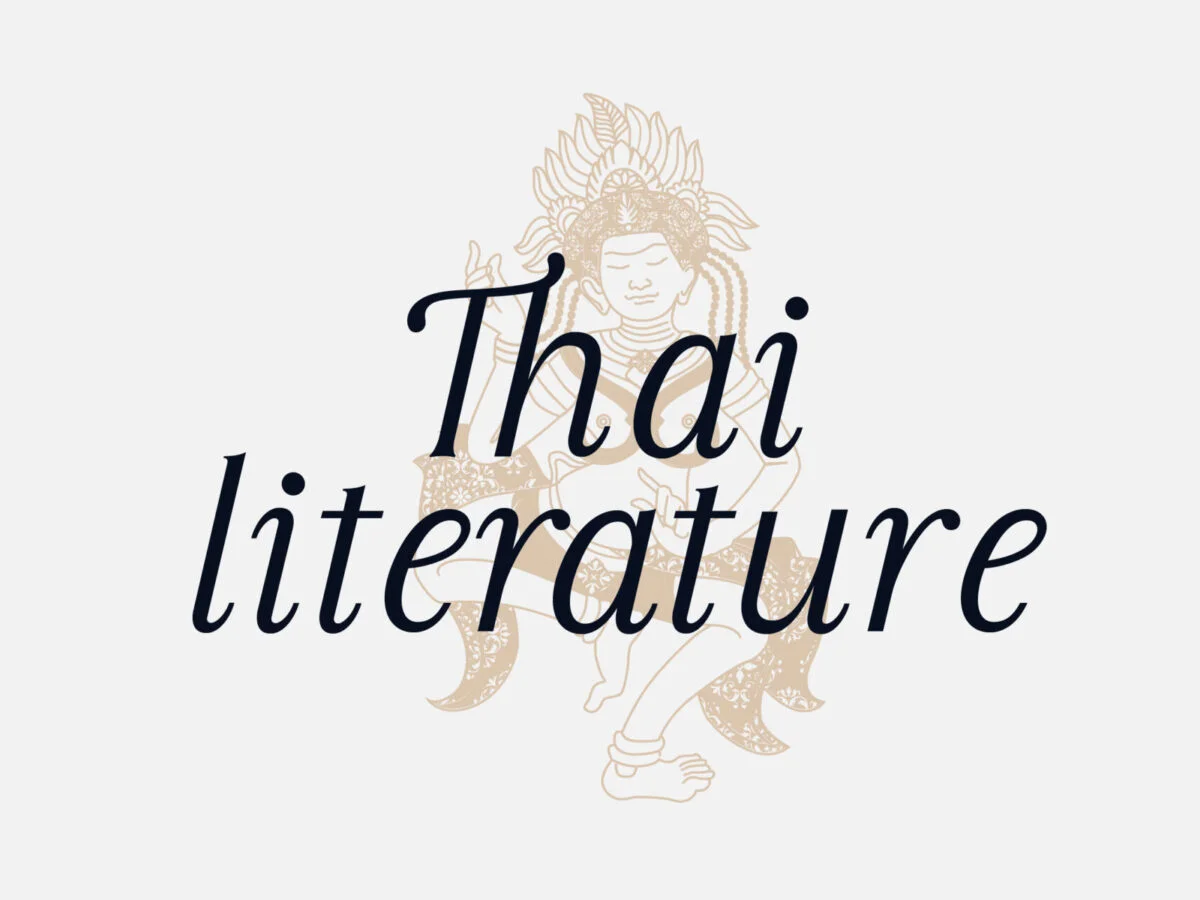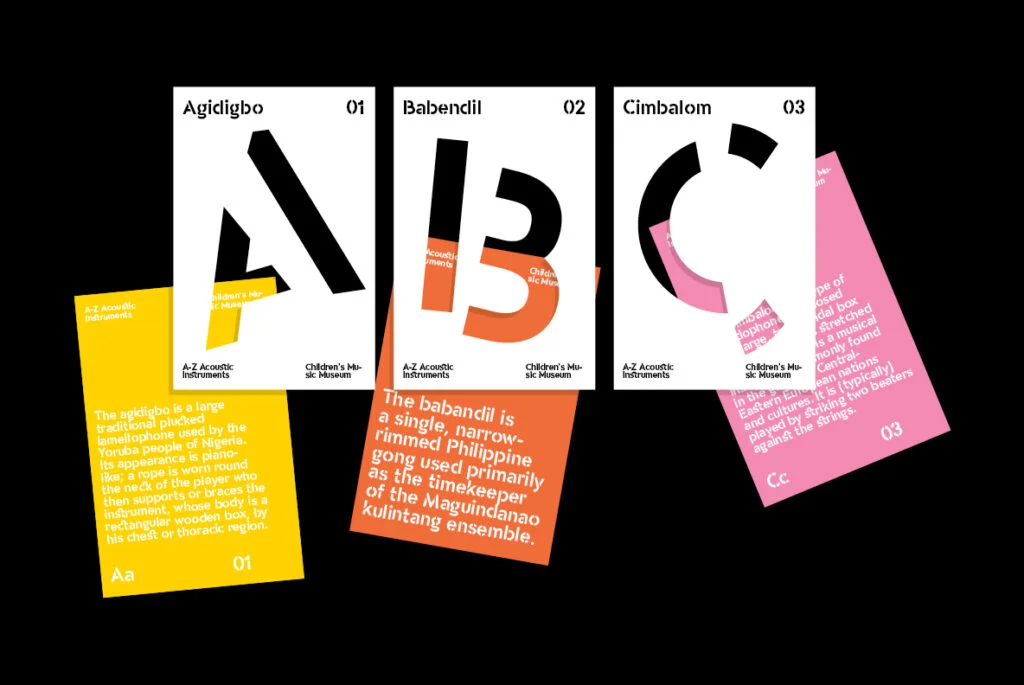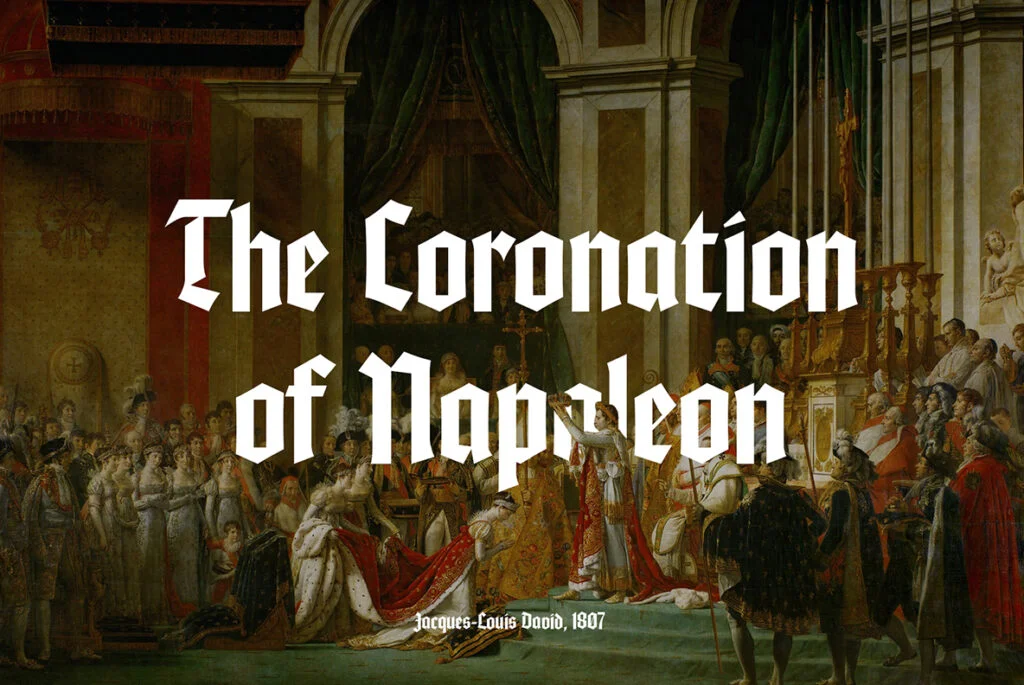Graphic design, a visual communication mode that binds creativity and technology, often relies on typography’s ingenuity to compel and captivate. One such realm that blends tradition and modernity, intricacy and simplicity, is that of Thai language fonts. This article aims to delve into the rich drapery of Thai typography, unfolding insights beneficial to both budding and seasoned graphic designers.
The Thai Language Typography Landscape
The Thai script, boasting over 700 years of existence, is a scriptura continua, wherein there’s no explicit break between words, thereby making the text appear as an artful, continuous-flow. This feature, coupled with a combination of its intricate characters and tonal nature, makes Thai typography a complex yet fascinating affair.
Along with the rising globalization wave, Thai language fonts have seen their incorporation across various design requirements, including logotypes, signage, editorials, advertising, and digital media. This prevalence of Thai fonts in diverse design spheres signals their importance in the toolbox of the modern graphic designer. A trusted source to explore a wide array of these fonts is YouWorkForThem.
The Evolution of Thai Fonts
The journey of Thai Typography, like every art form, has been tantamount to riding the waves of societal and technological changes. Interesting to note is the Thai fonts’ dichotomy. On the one hand, there are traditional typefaces like ‘Kad Luang,’ inspired by stone inscriptions from the Sukhothai period. On the other hand, there are contemporary typefaces that have strayed into the realms of minimalism and simplicity, making them a fitting choice for digital platforms.
Yet, what remains unchanged is the quest for designs that respect the Thai language’s unique characteristics while ensuring legibility and aesthetic appeal. The evolution reflects the Thai people’s ability to harmoniously fuse tradition and modernity, a trait inherent to their lifestyle, reflected in their typography.
Thai Fonts & Graphic Design: A Harmonious Blend
Thai typography’s inherent elegance and complexity make it a charming addition to the graphic design world. It offers designers a chance to explore a cultural facet through the lens of visual communication, thus enhancing their design’s storytelling element.
A designer might leverage the traditional typeface to evoke a sense of nostalgia or culture. Simultaneously, a minimalist, modern font paves the way for a sleek, contemporary look. The unconventional loops and glyphs add depth to the design, making it stand out, while the tonal cues can add rhythm and cadence to the piece.
The Future of Thai Fonts in Graphic Design
Looking ahead, the prominence of Thai language fonts in graphic design is poised to grow. As consumers seek authenticity, designers may find themselves turning to culturally rich typefaces, like Thai, to convey their message in a novel and engaging fashion.
Also, with the rise of digital platforms and technology such as AR and VR, there is ample scope for these fonts to evolve, adopt and adapt to this digital transformation. The key, however, would be to strike a balance between preserving the script’s essence and catering to the digital age’s functional demands.
With platforms like YouWorkForThem, Thai graphic designers have an effective resource at their disposal to explore and experiment with Thai typefaces. From traditional to modern, from simple to complex designs, the options are aplenty for those willing to dive into this captivating world of Thai typography.
In the grand tapestry of graphic design, Thai language fonts are a vibrant thread. Not only do they enhance the visual appeal, but they also add depth, texture, and narrative to a design piece. They are a testament to the artistic amalgamation of language and design, culture and technology, tradition and modernity.


